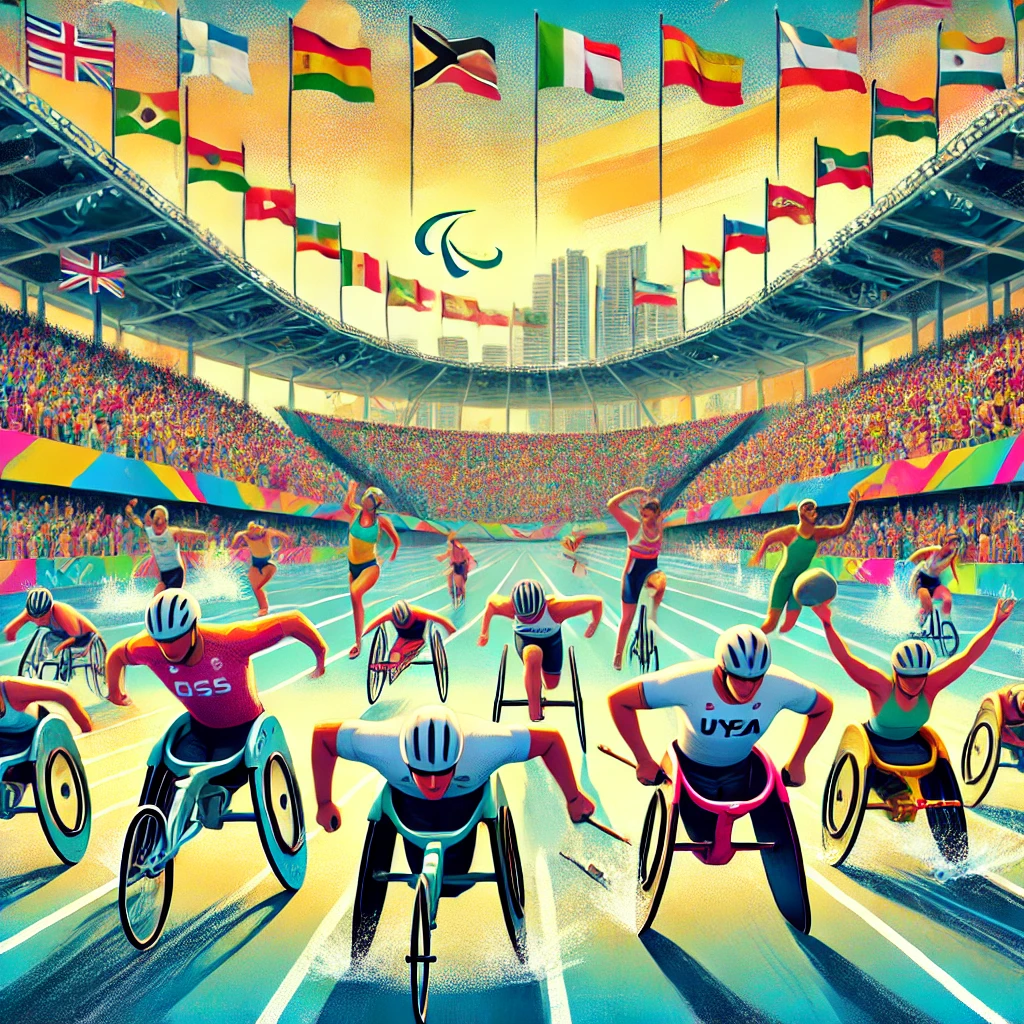The history of the Paralympic Games is truly inspiring. What began as a small gathering of war veterans has transformed into one of the largest sporting events in the world.
Origins (1948-1960)
- 1948: The Paralympic movement began in 1948 with Dr. Ludwig Guttmann, a German-British neurologist. He organized the first Stoke Mandeville Games for World War II veterans with spinal cord injuries at Stoke Mandeville Hospital in England. This event coincided with the 1948 London Olympics and featured 16 injured servicemen and women competing in archery.
- 1952: The event became international when Dutch ex-servicemen joined the competition. The games continued annually and expanded to include more sports and participants.
The First Paralympic Games (1960)
- 1960, Rome: The first official Paralympic Games were held in Rome, Italy, immediately following the Olympic Games. The event included 400 athletes from 23 countries, competing in eight sports, all for athletes with spinal cord injuries.
Expansion and Growth (1960s-1980s)
1964, Tokyo
The second Paralympic Games were held in Tokyo, marking the first time they took place in the same city as the Olympic Games. This event featured more athletes and sports, expanding the reach of the Paralympic movement
1976, Toronto
The Toronto Games introduced the first Winter Paralympic Games in Örnsköldsvik, Sweden, and included athletes with different disabilities, such as amputees and visually impaired athletes. This year also marked the introduction of more sports, such as track and field and swimming.
1988, Seoul
The Seoul Paralympic Games were the first to be held directly following the Summer Olympics in the same city and venues. This helped to raise the profile of the Paralympic Games and ensured better facilities and media coverage.
Modern Era (1990s-Present)
1992, Barcelona
The Barcelona Paralympic Games were considered a turning point, with a large number of spectators, media coverage, and improved organization. This set the standard for future Games.
2000, Sydney
The Sydney Paralympics were noted for their high level of competition, and the introduction of new sports. They also marked a significant step forward in the inclusion and recognition of Paralympic athletes.
2001
The International Olympic Committee (IOC) and the International Paralympic Committee (IPC) signed an agreement ensuring that the Paralympic Games would be held in the same city as the Olympic Games, using the same venues and facilities.
2012, London
The London Paralympic Games were the largest and most successful in history at the time, with record ticket sales, global TV coverage, and widespread public interest. The Games were praised for their organization and the high level of competition.
2021, Tokyo
Despite being delayed by a year due to the COVID-19 pandemic, the Tokyo Paralympics were held successfully, showcasing extraordinary performances across a wide range of sports. The event also highlighted issues such as accessibility and the challenges faced by athletes with disabilities during the pandemic.
Present Day
The Paralympic Games have grown into a major international sporting event, with thousands of athletes from over 160 countries competing in both Summer and Winter Games. The movement has played a crucial role in changing public perceptions of disability, promoting inclusivity, and inspiring millions of people around the world.
The next Summer Paralympic Games are scheduled for Paris in 2024, and the Winter Games are set to be held in Milan-Cortina in 2026.

